Creating a captivating and functional habitat for geckos and arboreal reptiles goes far beyond the basic terrarium setup. These fascinating creatures need environments that replicate their natural habitats, providing not just aesthetic appeal but also essential elements for their physical and psychological well-being. The right decorations transform a simple glass enclosure into a thriving ecosystem that encourages natural behaviors like climbing, hiding, hunting, and thermoregulating. Whether you’re a first-time reptile keeper or a seasoned enthusiast looking to enhance your pet’s living space, this guide explores the most effective and appealing decoration options that will keep your arboreal companions healthy, active, and visually stimulated in their captive homes.
Natural Branches and Climbing Structures
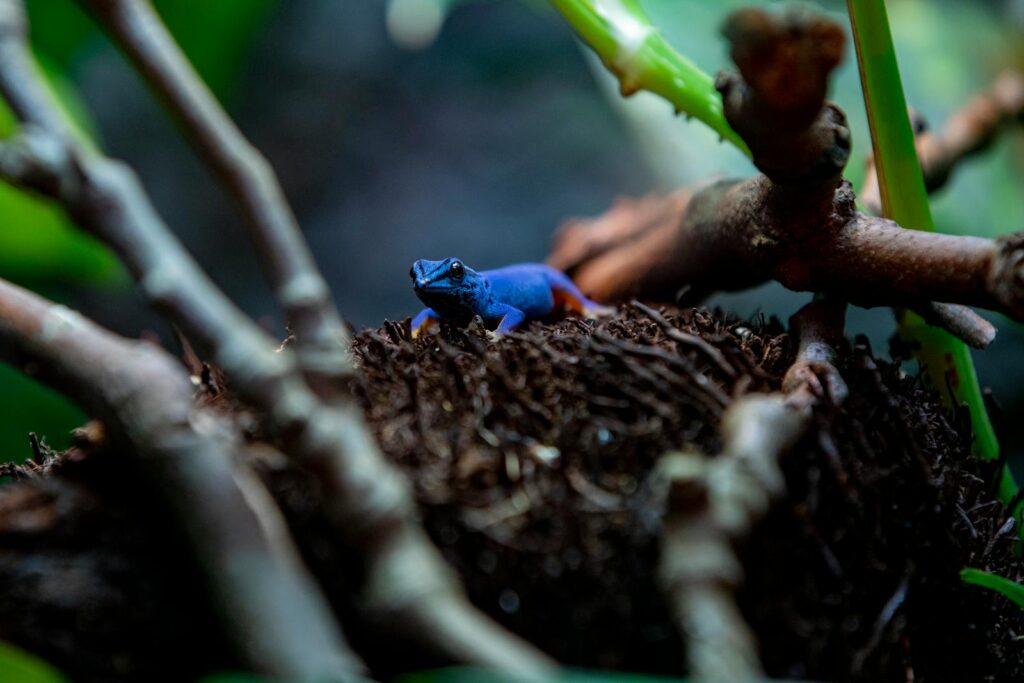
Branches and climbing structures form the backbone of any arboreal reptile enclosure, providing essential pathways and resting spots for creatures that spend much of their life above ground. Cork bark rounds, grape wood, manzanita, and mopani are excellent choices that offer both durability and natural aesthetics while being safe for reptile habitats.
When selecting branches, aim for various diameters to provide different gripping options, as geckos and other climbing reptiles benefit from diversity in their climbing surfaces. Position branches at different heights and angles throughout the enclosure to create a three-dimensional space that maximizes the available area and encourages exploration. Remember that these structures aren’t merely decorative—they’re crucial for exercise, territorial behavior, and allowing your pet to follow natural instincts to seek higher perches for security.
Live Plants: The Gold Standard for Naturalistic Enclosures
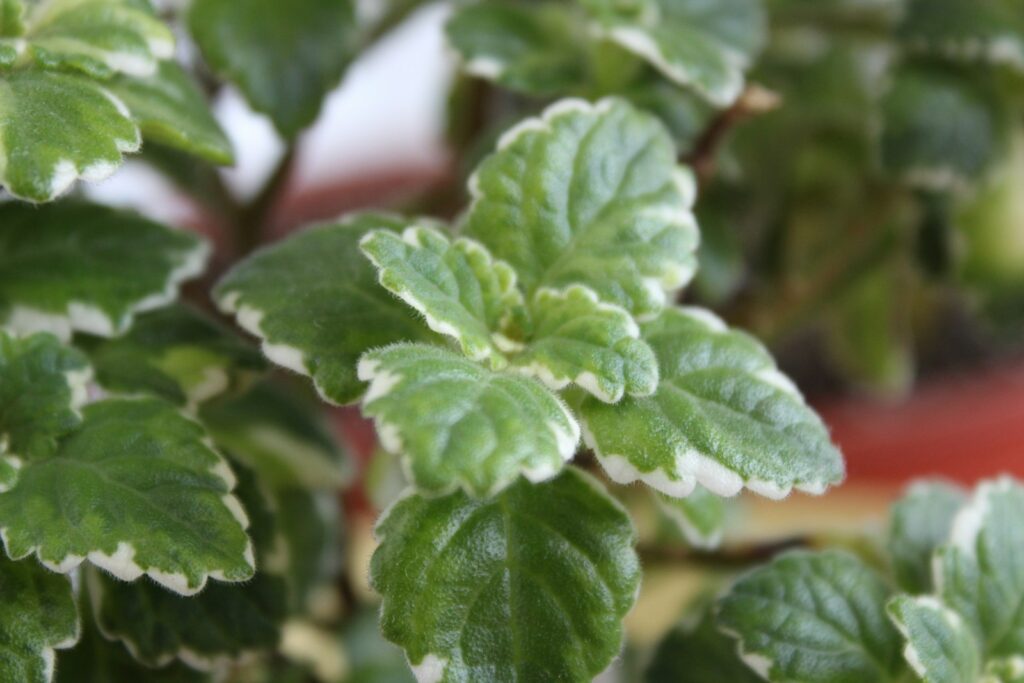
Live plants transform reptile enclosures into vibrant, functioning ecosystems while providing numerous benefits beyond mere aesthetics. They help maintain humidity levels, improve air quality, create natural hiding spots, and offer comfortable resting places that synthetic alternatives simply can’t match. For tropical species like crested geckos and day geckos, plants like pothos, snake plants, bromeliads, and small ficus varieties thrive in similar conditions as the reptiles themselves.
When incorporating live plants, ensure they’re free from pesticides and fertilizers that could harm your pet, and plant them in reptile-safe substrate that supports proper drainage. The most successful bioactive setups include a variety of plant species that occupy different layers of the enclosure, creating a multi-level habitat that maximizes usable space while mimicking the stratification found in natural forest environments.
Artificial Plants: A Low-Maintenance Alternative

For keepers who aren’t blessed with a green thumb or who maintain multiple enclosures, artificial plants offer a practical alternative that still provides many benefits of natural vegetation. Modern silk and plastic plants have become increasingly realistic, offering the visual appeal and climbing opportunities without the maintenance requirements of live specimens. When selecting artificial foliage, choose items specifically designed for reptile enclosures to ensure they can withstand humidity and are free from sharp edges or toxic materials. Position artificial plants strategically to create privacy screens, visual barriers, and elevated resting spots throughout the enclosure. High-quality artificial plants can be thoroughly cleaned and sterilized between uses, making them an excellent long-term investment for reptile keepers.
Background Inserts and Wall Coverings
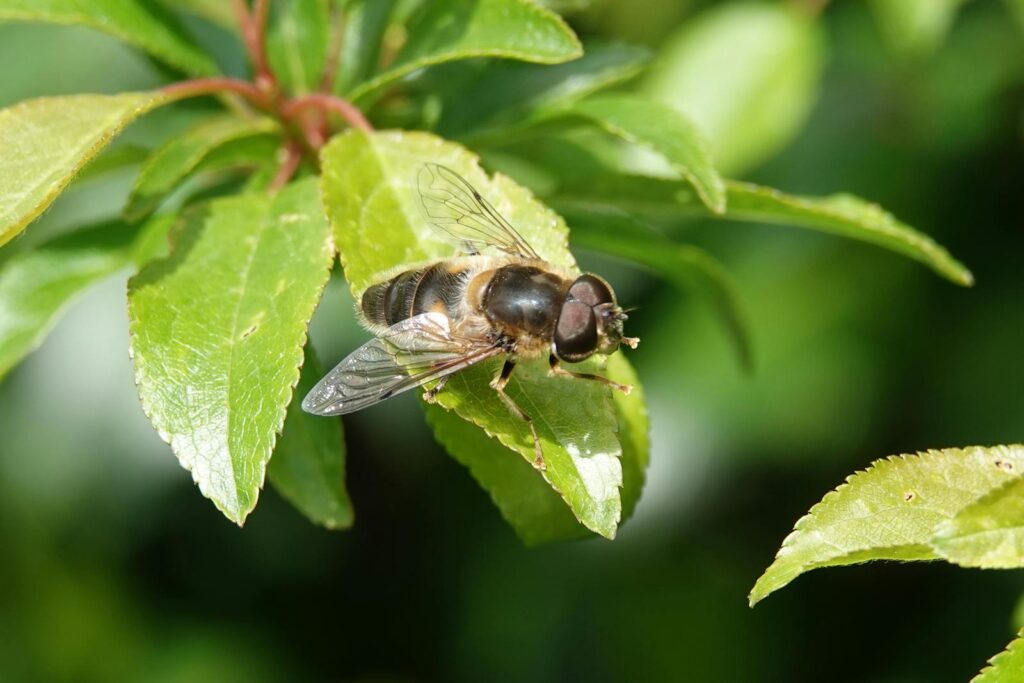
Backgrounds serve both practical and aesthetic functions in reptile enclosures, transforming stark glass walls into naturalistic viewscapes while providing additional climbing surfaces. Three-dimensional foam backgrounds, particularly those made from closed-cell foam or specially designed reptile products, offer excellent climbing opportunities for geckos whose toe pads can grip these textured surfaces.
Cork tile panels or sheets provide a natural look with the added benefit of being resistant to mold and rot, even in high-humidity environments. For a budget-friendly option, exterior-grade silicone can be used to adhere substrate like coco fiber, sphagnum moss, or eco earth to the back wall, creating a naturalistic background that doubles as a climbing surface. When installing any background, ensure it’s securely attached and sealed along the edges to prevent reptiles from becoming trapped behind it.
Hides and Shelter Options
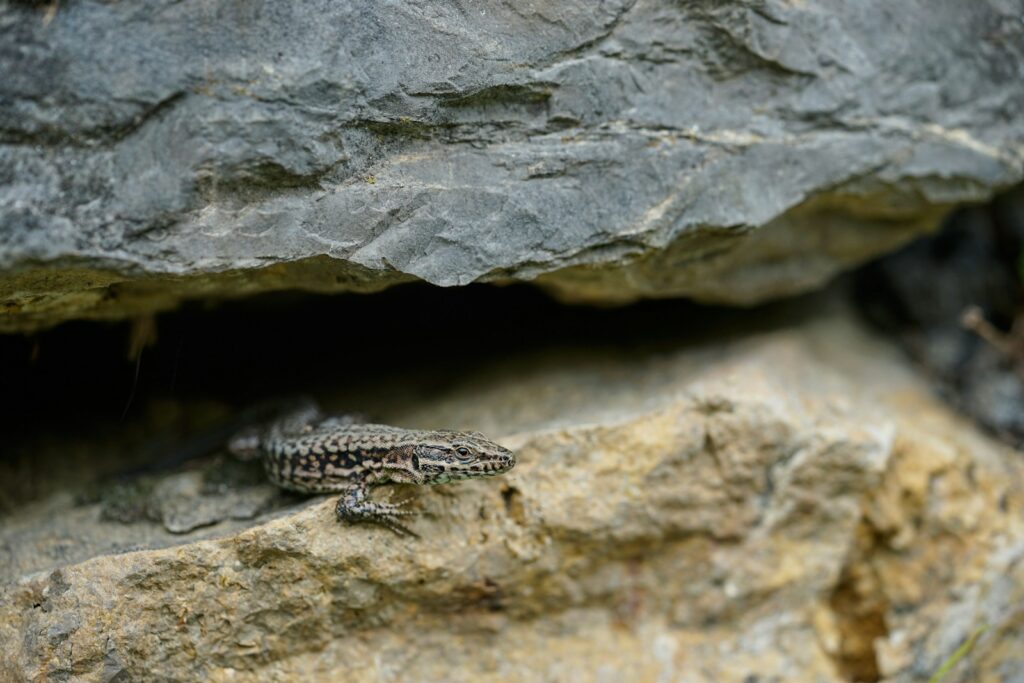
Every reptile enclosure requires multiple hiding spots where your pet can retreat for privacy, security, and stress relief. For arboreal species, consider elevated hide boxes constructed from cork bark, coconut shells, or commercially available reptile hide boxes that can be mounted to the walls or placed on secure branches.
Provide varied hide options including those in warmer areas for thermoregulation and cooler, moister areas that can serve as humid retreats during shedding periods. Many geckos prefer tight-fitting hides that allow them to feel secure with their bodies touching the walls, so select appropriately sized options rather than overly spacious ones. Strategic placement of dense foliage, curved cork pieces, and hollow logs creates natural-looking hiding spots that fulfill the same psychological need for security while enhancing the enclosure’s naturalistic appearance.
Substrate Choices for Different Species
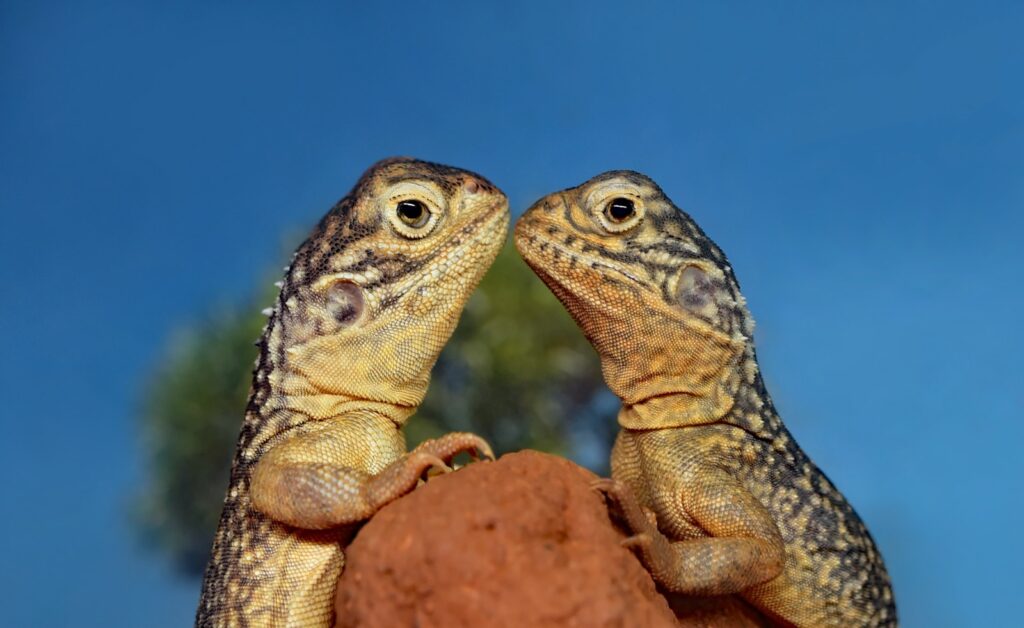
While arboreal reptiles spend most of their time above ground, the substrate forms the foundation of their habitat and contributes significantly to the enclosure’s appearance, function, and humidity levels. For tropical gecko species, substrates like coconut fiber, cypress mulch, or specialized reptile soil blends hold moisture well while resisting mold growth. More advanced keepers often create bioactive substrates with layers of drainage material, soil, leaf litter, and beneficial microfauna that break down waste and maintain a self-sustaining ecosystem.
For species from drier environments, substrates like reptile sand, earth mix, or crushed walnut shell provide more appropriate conditions that won’t contribute to excessive humidity. Regardless of the substrate chosen, ensure sufficient depth (typically 2-4 inches) to allow for natural behaviors like digging and to maintain appropriate moisture gradients within the enclosure.
Ledges, Platforms, and Resting Areas

Strategically placed ledges and platforms expand the usable space in vertical enclosures while providing essential basking and resting spots for arboreal reptiles. Magnetic ledges designed specifically for reptile enclosures offer versatile placement options without permanently altering the habitat, allowing you to reposition them as needed.
Cork bark platforms secured between branches or against walls create natural-looking resting areas where geckos can bask or survey their territory. For species that enjoy broad, flat surfaces like some day geckos or crested geckos, large leaves from plants like pothos or artificial equivalents provide perfect lounging spots. When positioning platforms and ledges, create a variety of options at different heights and with different exposure to heat and light sources to allow for natural thermoregulatory behaviors.
Water Features and Humidity Maintenance

While standing water can pose risks in arboreal setups, thoughtfully designed water features contribute to both aesthetics and essential humidity maintenance for many gecko species. Small, shallow water dishes positioned on secure platforms or the enclosure floor provide drinking opportunities without drowning hazards. For more elaborate setups, recirculating waterfall features built with reptile-safe materials not only create visual interest but also increase ambient humidity through evaporation.
Automated misting systems can be incorporated into the decor with strategically placed nozzles hidden among foliage or mounted discreetly at the top of the enclosure. When including any water feature, ensure proper drainage and easy access for cleaning to prevent bacterial growth or stagnation that could compromise your pet’s health.
Lighting Fixtures and Heat Source Integration

Lighting and heating equipment, while functional necessities, can be artfully integrated into the decorative scheme of your reptile’s habitat. LED light strips can be concealed behind ledges or branches to create atmospheric lighting that highlights your enclosure’s features while providing gentle illumination during evening viewing. For species requiring UVB lighting, fixtures can be partially obscured by strategic foliage placement that allows critical rays to reach your pet while softening the industrial appearance of the hardware.
Heat panels or ceramic heat emitters can be positioned above natural basking platforms created from flat pieces of slate, wood, or cork, encouraging your reptile to thermoregulate in aesthetically pleasing areas of the enclosure. Remember that while visual integration is important, never compromise the safety or functionality of heating and lighting equipment in pursuit of aesthetics.
Enrichment Items and Interactive Decorations

Beyond static decorations, thoughtfully chosen enrichment items stimulate natural behaviors and prevent boredom in captive reptiles. Puzzle feeders designed for reptiles can be incorporated into the decor, encouraging foraging behaviors while blending with the natural aesthetic. Movable branches or climbing structures that shift slightly under a gecko’s weight provide proprioceptive feedback and more engaging climbing experiences than completely rigid structures.
Scent enrichment using safe, natural materials like fresh herbs or butterfly bush flowers placed temporarily in the enclosure can stimulate exploratory behavior in many gecko species. For social species that respond to visual stimuli, strategically placed (and safely secured) mirrors or reflective surfaces can provide interesting behavioral opportunities when positioned where the animal can approach or avoid them as desired.
Species-Specific Decoration Considerations
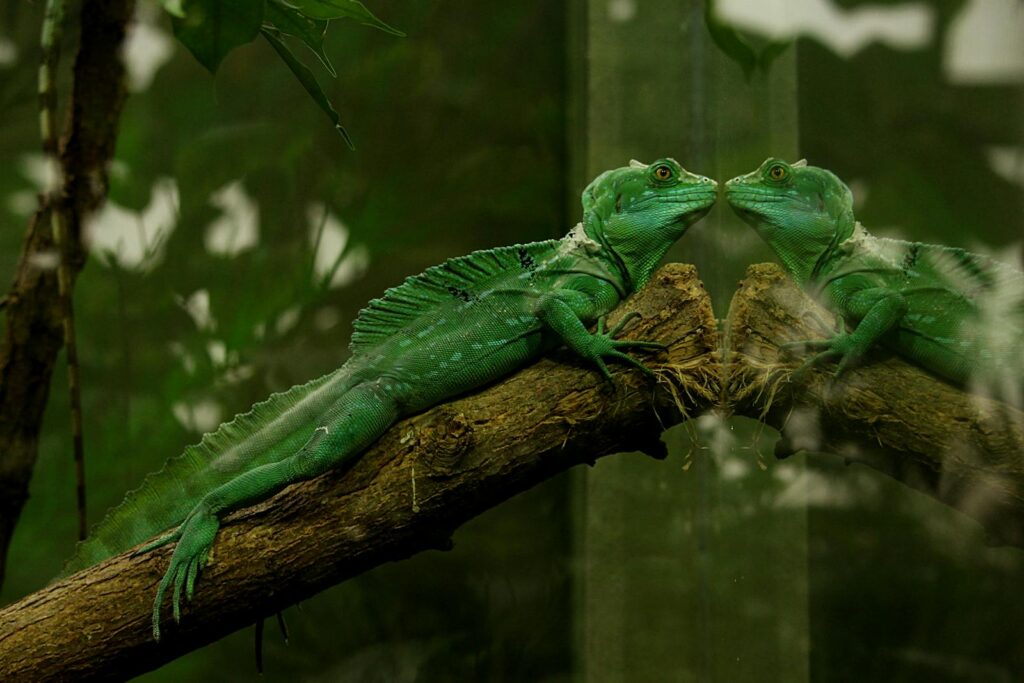
Different gecko species have evolved in distinct habitats, and their enclosure decorations should reflect these specialized adaptations. Crested geckos (Correlophus ciliatus) thrive in densely planted setups with abundant vertical climbing space and broad-leaved plants for sleeping and egg-laying sites. Leopard geckos (Eublepharis macularius), though terrestrial, benefit from low branches, stacked stones, and multiple ground-level hides that mimic their rocky native habitat.
Day geckos (Phelsuma spp.) require strong, secure branches and dense foliage for basking, hiding, and territorial displays, plus flat surfaces for feeding on fruit nectars. Tokay geckos (Gekko gecko) need robust climbing structures and secure backgrounds that can support their larger size and powerful grip, along with multiple secure hiding spots to accommodate their sometimes shy nature. Research your specific species’ natural habitat and behaviors to create the most appropriate and beneficial decorative scheme.
DIY Decoration Projects and Cost-Saving Ideas

Creating custom decorations for your reptile enclosure can save money while resulting in perfectly tailored items that meet your pet’s specific needs. Foam backgrounds carved from insulation foam, sealed with reptile-safe epoxy, and textured with coco fiber or sand create professional-looking 3D backgrounds at a fraction of commercial prices. PVC pipes can be transformed into natural-looking branches by applying silicone and covering with substrate or by wrapping with reptile-safe rope for improved grip.
Clay or terracotta plant saucers can be broken and reassembled into naturalistic hide structures or water dishes when properly sealed with reptile-safe products. Before using any DIY decoration, ensure all materials are non-toxic, properly cured, and won’t degrade under the heat and humidity conditions in your enclosure, as reptile safety should always take precedence over cost considerations.
Maintenance and Cleaning Considerations

The practicality of maintaining your decorative items should be a key factor in their selection and arrangement. Choose decorations that can be easily removed for regular cleaning, or design your enclosure with accessibility in mind for spot cleaning of fixed elements. For bioactive setups, select materials that work harmoniously with cleanup crews like springtails and isopods that will naturally process waste materials. Porous decorations like untreated wood or certain rocks may need periodic replacement as they can absorb waste over time and become difficult to sanitize completely. Establish a rotation system for certain decorative elements, allowing thorough cleaning of some items while others remain in place to maintain familiar scents and territorial markers important to your reptile’s sense of security. Remember that even the most beautiful enclosure must prioritize hygiene to prevent health issues related to bacterial or fungal growth.
Conclusion
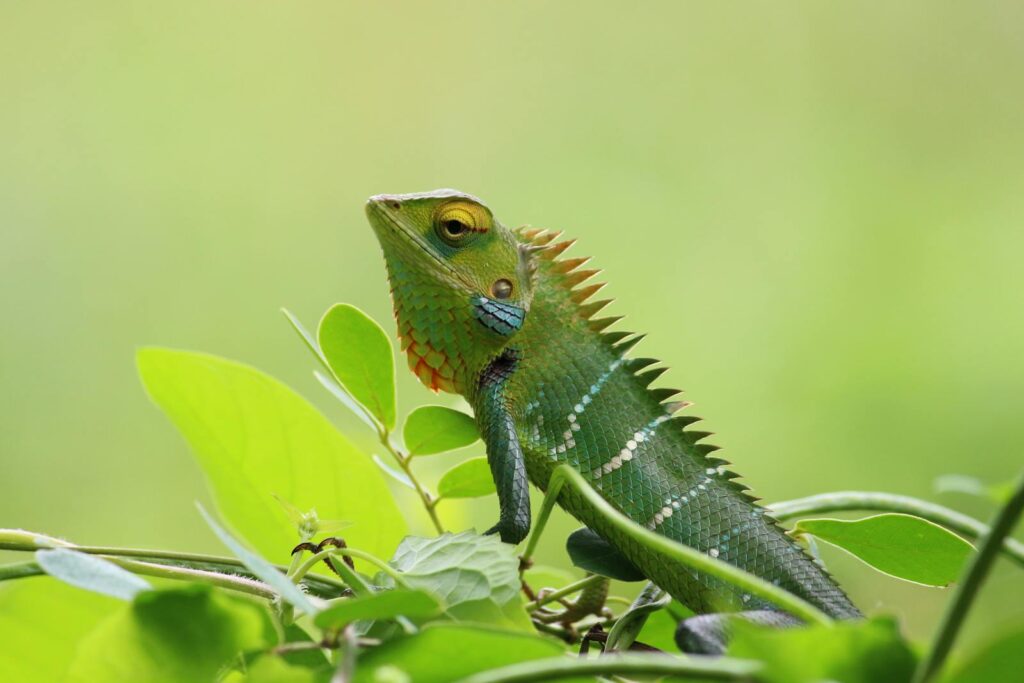
Creating the perfect habitat for arboreal reptiles balances art and science, aesthetics and functionality. The decorations you choose should not only create a visually appealing display but also satisfy the complex physical and psychological needs of these remarkable creatures. By thoughtfully selecting climbing structures, plants, substrates, and enrichment items suited to your specific species, you’ll create an environment where your gecko or arboreal reptile can thrive while exhibiting its full repertoire of natural behaviors. Remember that the most successful enclosures evolve over time as you observe your pet’s preferences and behaviors, allowing you to continually refine their habitat for optimal health and wellbeing. With patience and attention to detail, you can create a miniature ecosystem that’s as beneficial for your reptile companion as it is beautiful for human observers.

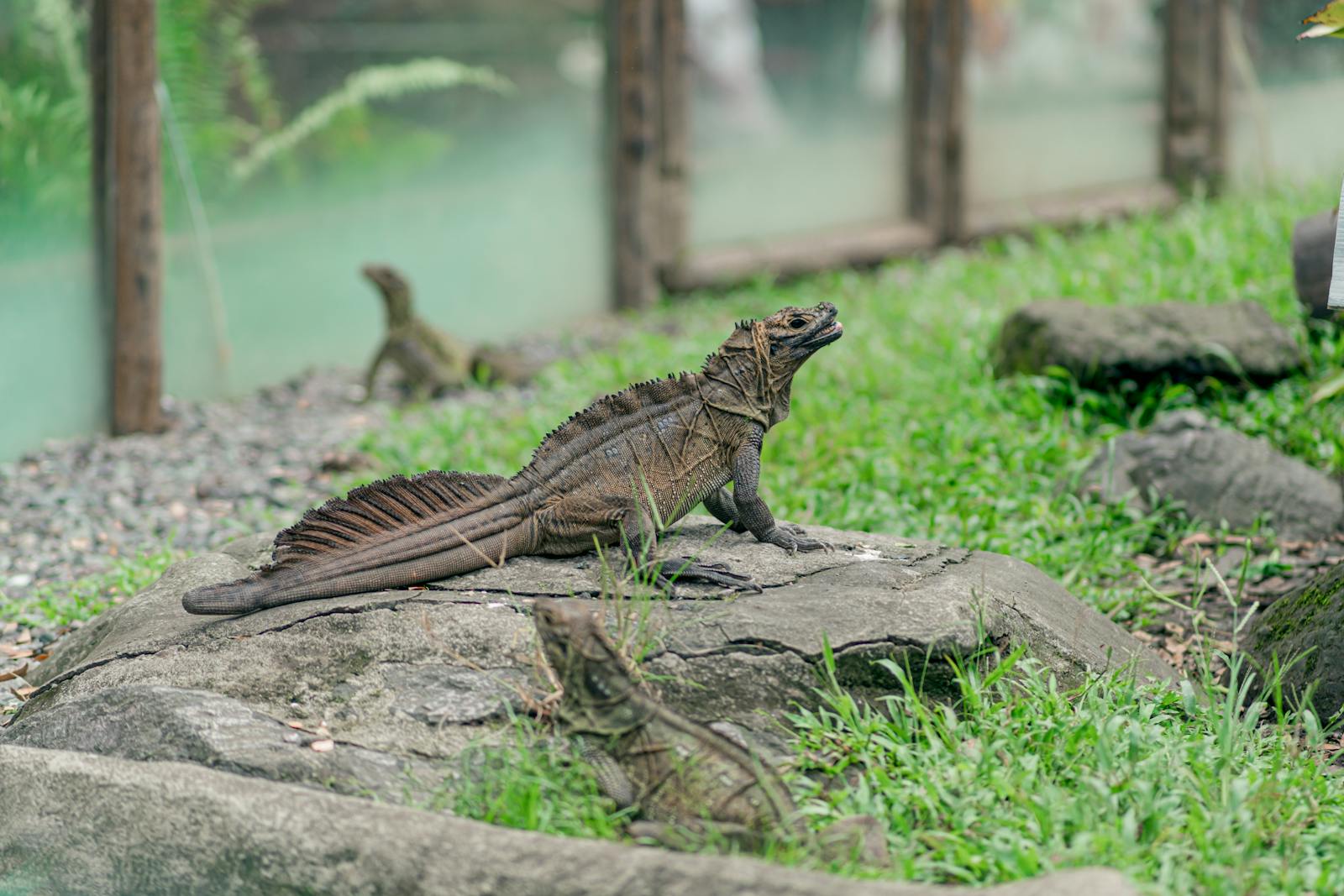


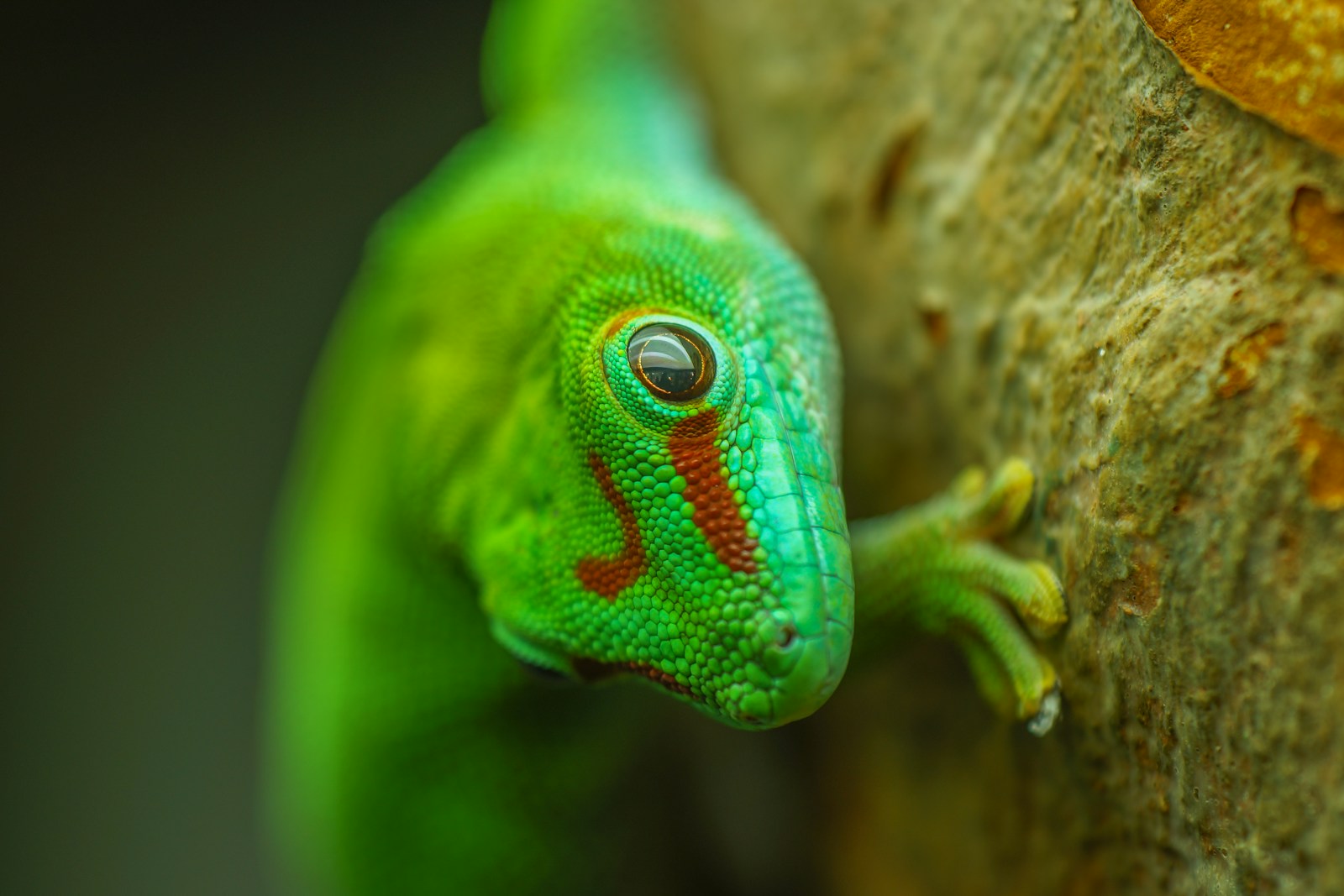
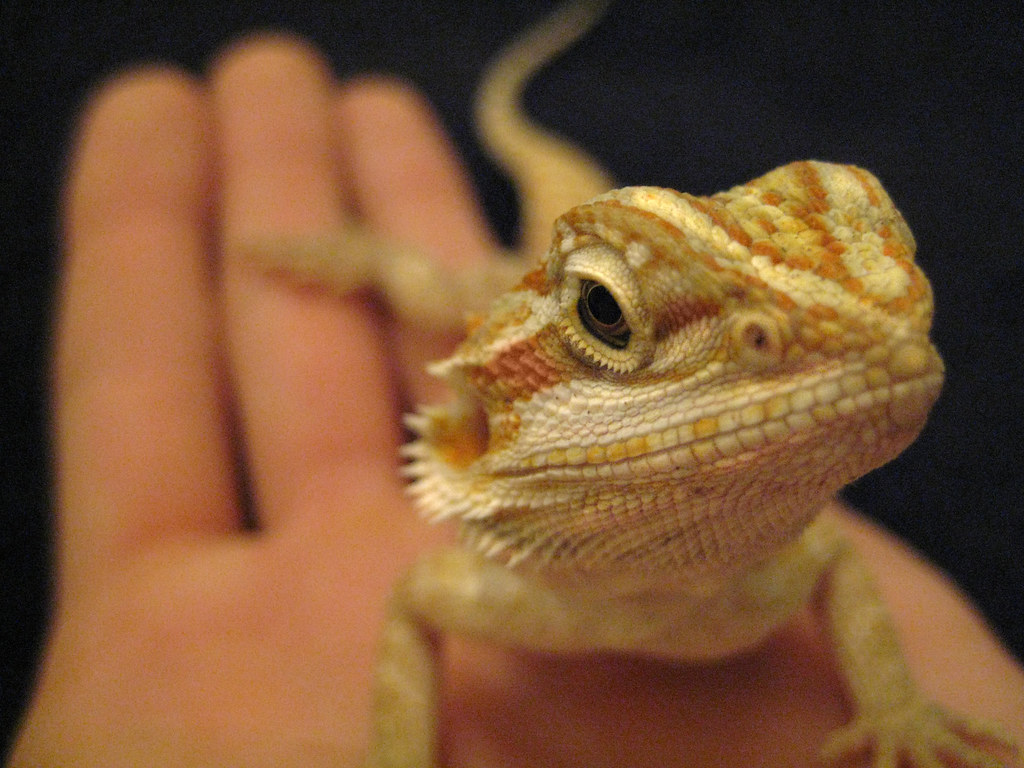

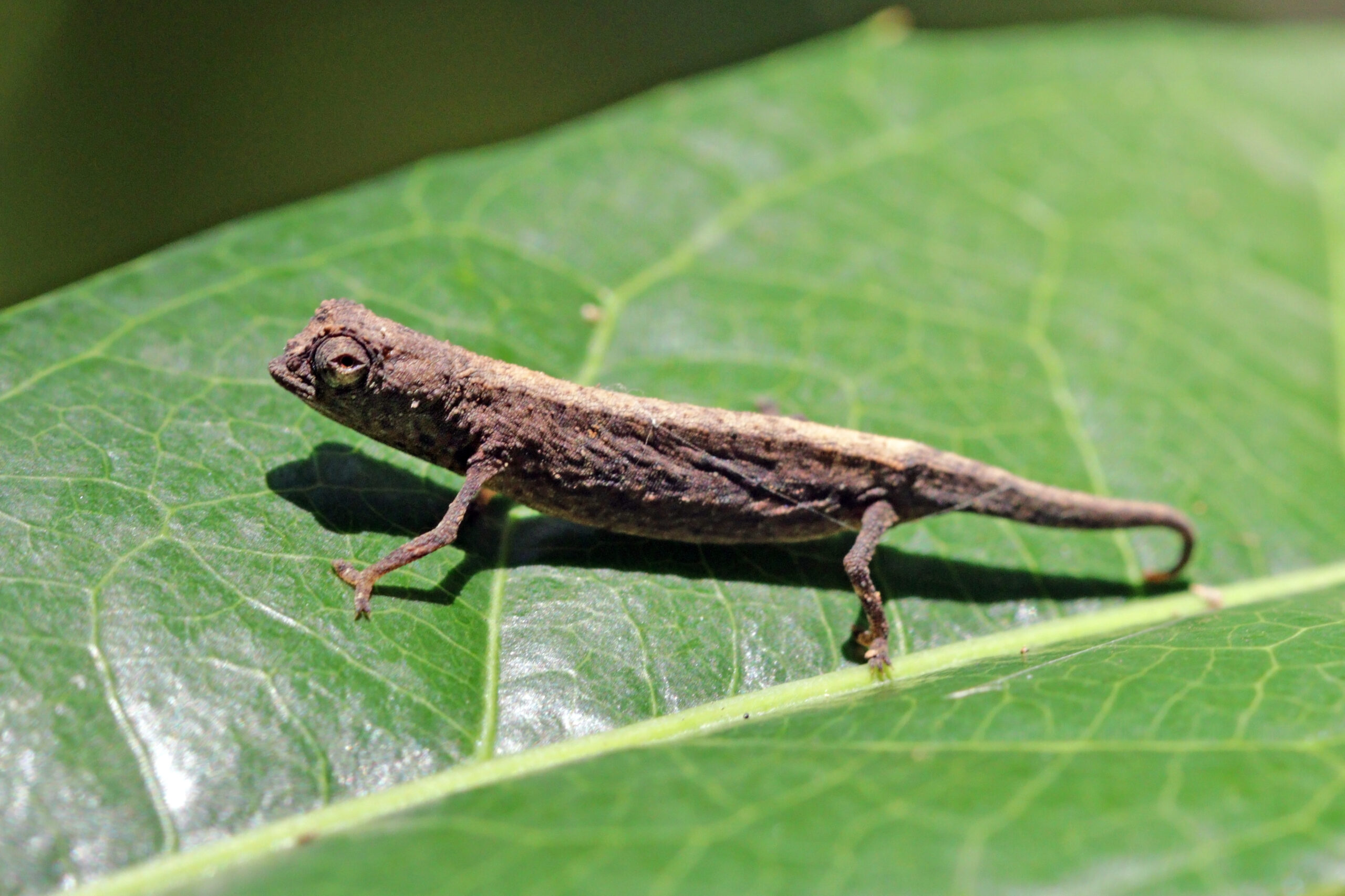

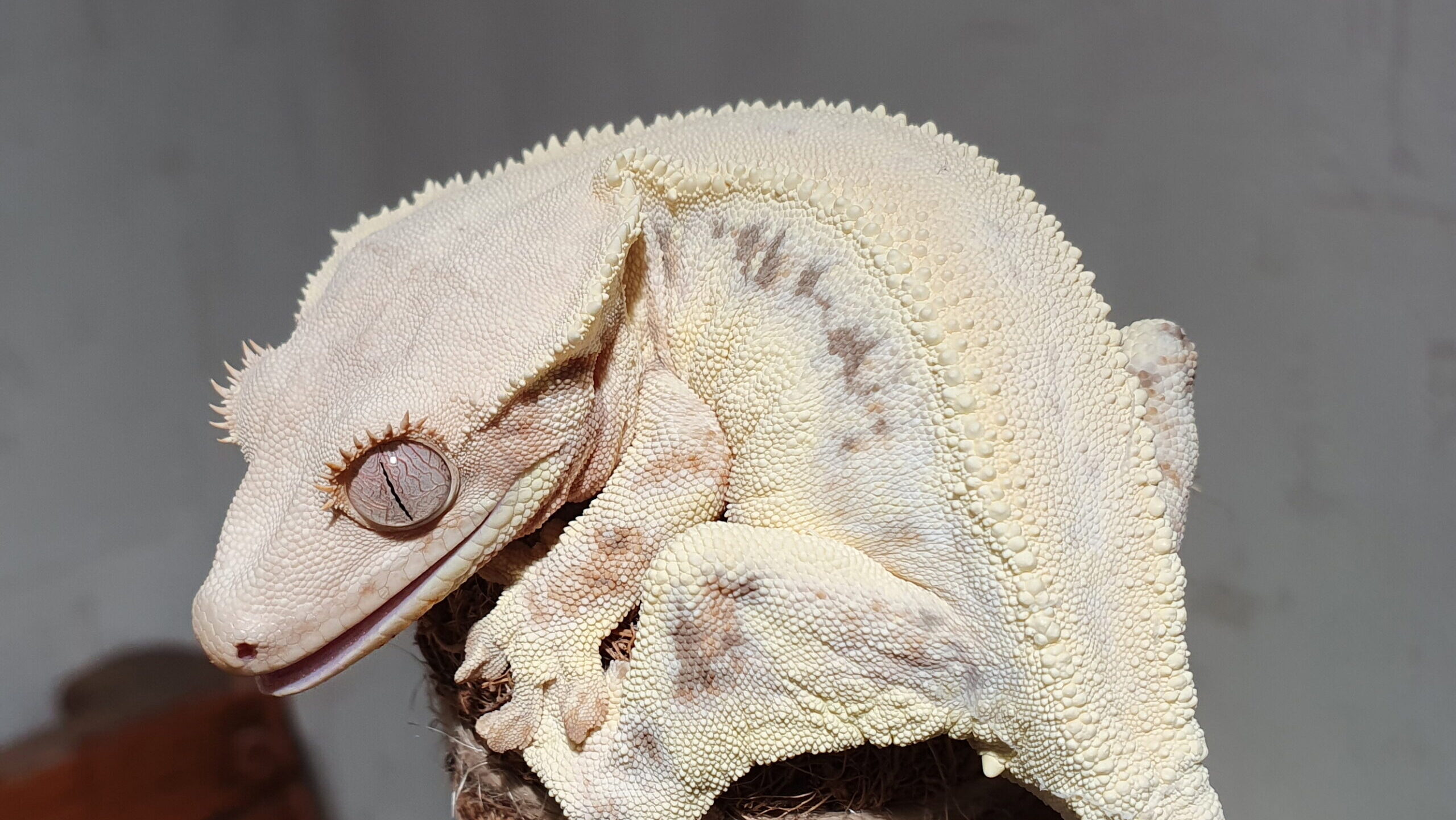
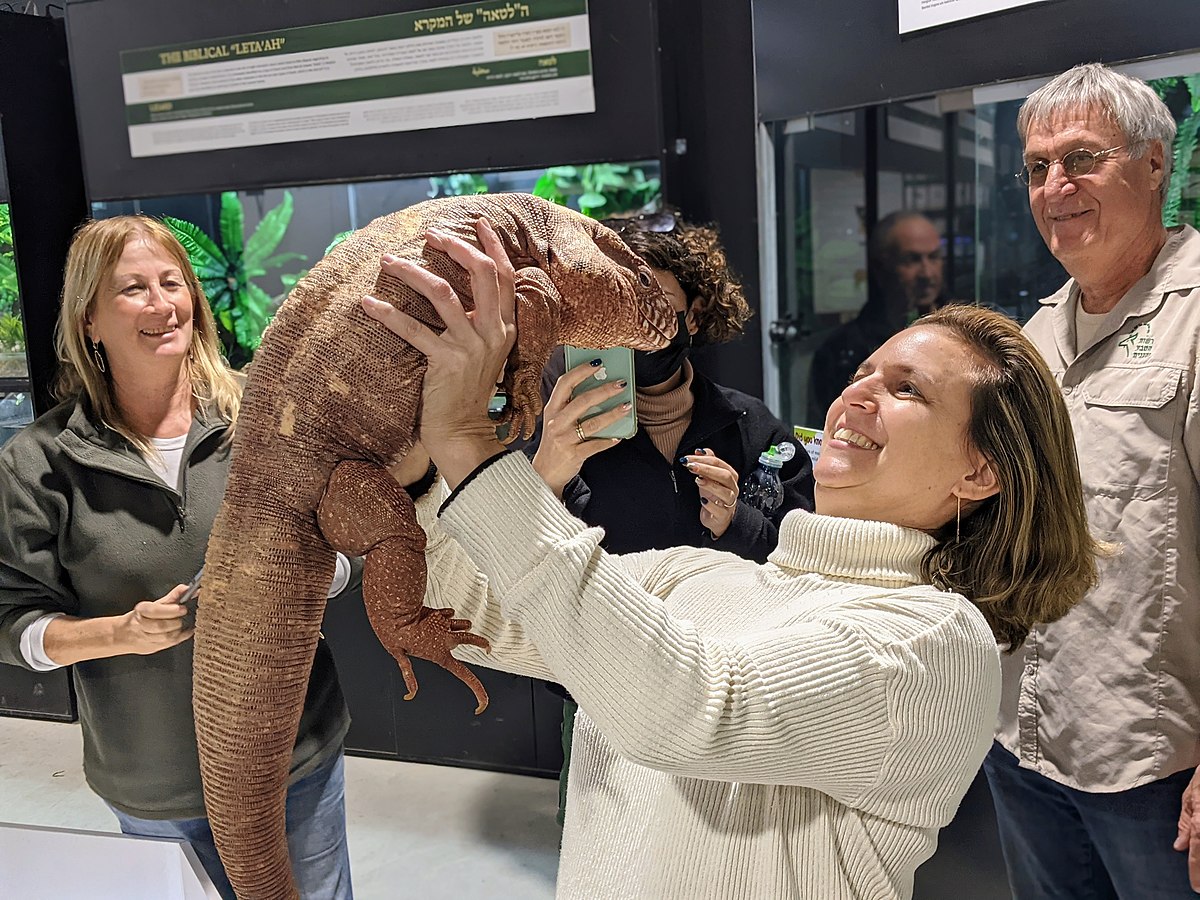





Leave a Reply